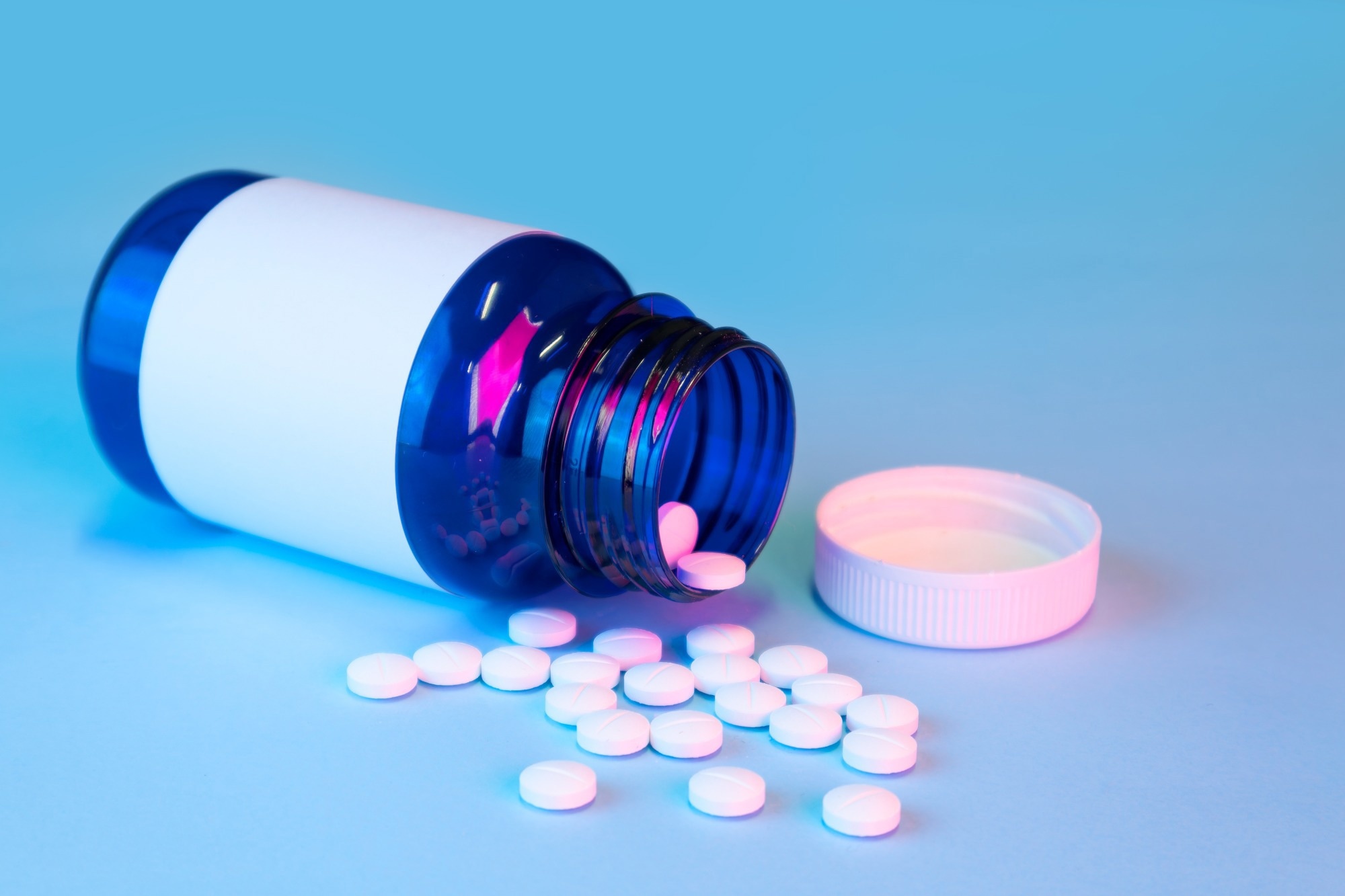Learn how experts are advancing benzodiazepine analysis and detection using insights from the lab.
How did you approach method development for comprehensive benzodiazepine analysis?
Emily Lee: We developed a rapid UPLC-MS/MS method using Oasis MCX μElution plates for simplified mixed-mode SPE. It includes 26 compounds—both traditional and designer benzos—and achieves baseline separation in under four minutes. We used stable isotope-labeled internal standards wherever possible and validated for robust recovery and matrix consistency across six urine lots.
Boris Lazarov: We focused on a pragmatic workflow suited for postmortem blood. Our method used protein precipitation followed by automated dilution in the autosampler. We targeted 12 analytes, including traditional and novel benzos like brotizolam and fluorinated derivatives. The method was validated for a broad dynamic range and low-level sensitivity (down to 1 ng/mL for NPS benzos).

Image Credit: george martin studio/Shutterstock.com
How do you select which designer benzos to include in your panel?
Emily Lee: We looked at the literature to prioritize compounds that have been frequently reported or are of growing concern. It’s a balance—our aim was to cover a broad, representative range without becoming overly complex.
Boris Lazarov: We selected compounds based on what we were actually detecting in our routine screens. For us, brotizolam had become quite prevalent, so it made sense to prioritize it. Practicality matters too, we focused on what would have the most clinical or forensic relevance.
If a lab wants to add a new designer benzo, how would you recommend they do that?
Emily Lee: If you have the standard, start by infusing it to optimize the MS conditions. Then run it individually to determine retention time. If it fits well with the existing gradient and shows good extraction recovery, just fold it into the method.
Boris Lazarov: I’d say don’t reinvent the wheel—test it within your current method first. If it works, great. If not, consider running it separately or creating a small NPS-specific panel.
What kind of recovery and matrix effects did you observe?
Emily Lee: The mean recovery across 26 analytes was 86 %, with CVs under 10 %. Most compounds had some ion suppression, but values were consistent across matrix lots. A few analytes without labeled internal standards (like etizolam) showed more variability—something to keep in mind during validation.
Boris Lazarov: Our protein precipitation method had recoveries in the 50–77 % range, with ion suppression especially for compounds like chlordiazepoxide. However, since we extracted the full calibration curve and saw good sensitivity at the low end, it was still effective for our needs.
What about analyte stability, especially for designer benzos?
Boris Lazarov: This was a big challenge. Designer benzos were notably less stable than traditional ones. For example, fluorinated benzos often degrade after just one day at –20 °C. We found that three days was the upper limit for most NPS benzos.
Emily Lee: We didn’t do full stability studies, but we saw no major degradation over a couple of days for urine extracts. That said, we’d recommend labs assess stability under their specific conditions, especially if re-injection is needed.
How long does sample prep take using your SPE method?
Emily Lee: Using manual pipetting and a multi-channel prep, it took about 1–1.5 hours to prepare 20 samples, including hydrolysis. Automation would significantly reduce that. Since all processing occurs in the 96-well plate, it's easily scalable.
Did you explore other column types beyond C18?
Emily Lee: No—we stuck with a traditional C18 column, which worked well for separation. It’s kind of a go-to for toxicology.
Boris Lazarov: Same here. Benzos are hydrophobic enough that C18 is effective. We didn’t see a need to explore alternative stationary phases for this application.
Would you adopt a different sample prep technique for higher throughput or complex matrices?
Boris Lazarov: Our current method is protein precipitation, which is great for speed but does introduce more matrix effects. If higher cleanliness is needed—for example in clinical confirmation—you could switch to SPE or SLE. But for most of our postmortem samples, the tradeoff was worth it.
Were your methods compatible with automation?
Emily Lee: Yes, the SPE workflow was designed with automation in mind. You can integrate it with existing platforms since all steps are done in-well—hydrolysis, acidification, and elution.
Boris Lazarov: We used automation in the autosampler itself—for solvent strength reduction and injection. It helps reduce variability and simplifies the overall workflow.
Are there future plans to apply these methods to other matrices, like hair or oral fluid?
Emily Lee: We haven’t applied this method to hair yet, but Waters is currently working on a more comprehensive drugs-of-abuse panel in hair. That might include benzos and should be available soon.
Boris Lazarov: Not currently in our lab. We’re focused on postmortem blood and clinical matrices like urine or serum. But with minor modifications, I think it’s adaptable.
Watch the On-Demand Webinar
About Waters Corporation
Since 1958, Waters Corporation has been in the business of making innovative analytical instruments that assist scientists in reaching their scientific goals, increase productivity, and earn laboratory-based organizations a higher return on their investments in research, development, and quality control.
Whether at work discovering new pharmaceuticals, inventing new and more effective ways to treat diseases, assuring the safety of the world’s food and drinking water supplies, monitoring and controlling pollution, or conserving the world’s greatest art treasures, scientists worldwide rely on Waters liquid chromatography and mass spectrometry products.
50+ years in business, Waters is now one of largest companies in the analytical instruments industry, supporting scientists working thousands of laboratories around the world. With a hard-earned reputation for applications expertise, dedication to customer success, and post-sales support, Waters stands out among its peers and, year after year, is one of the best-performing companies in the industry.